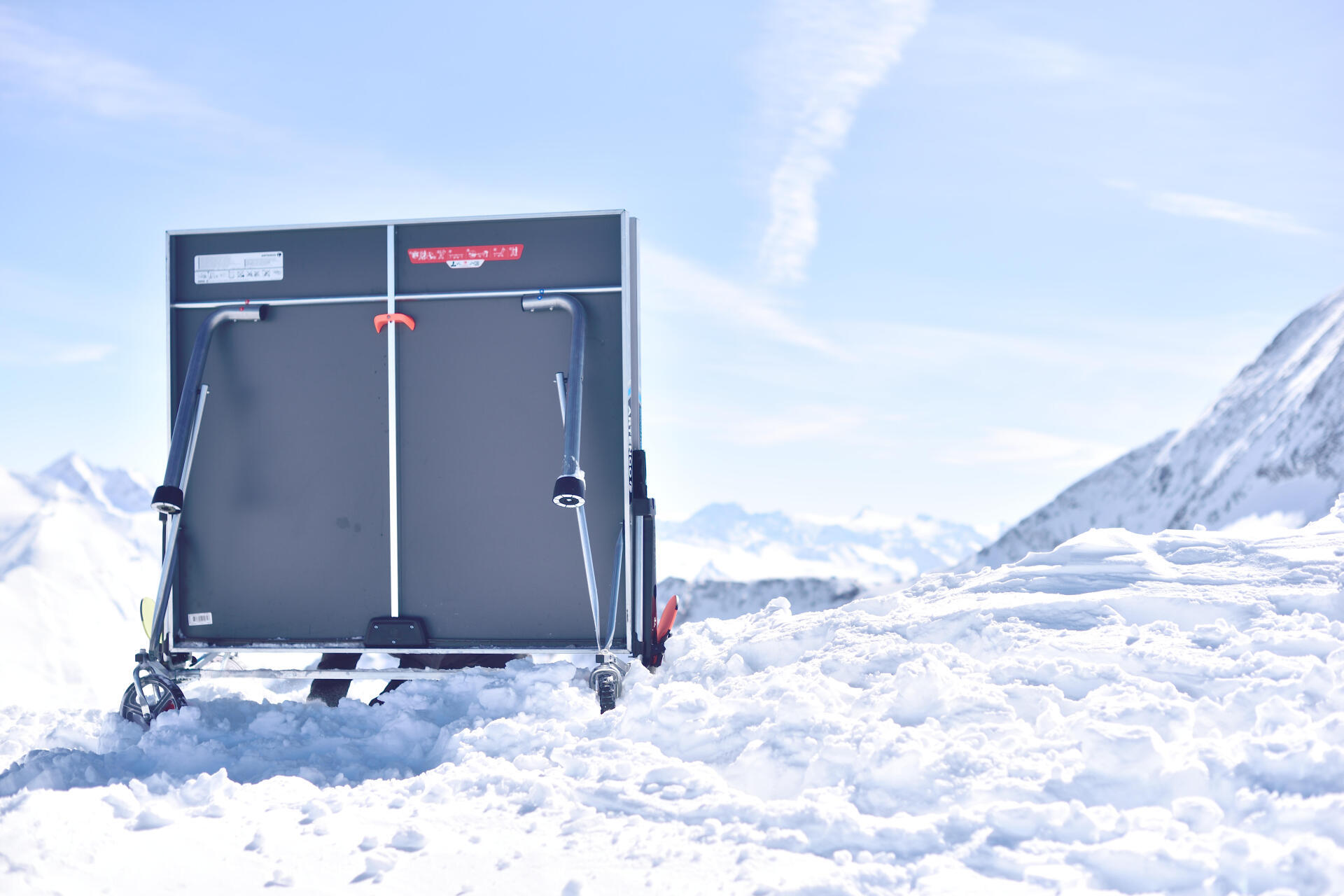Reducing the carbon footprint
For starters, we've put a stop to resorting to air freight for regular supply to all countries. We no longer do it.
Yes, it is a small step in the overall product footprint, but a step nonetheless. Why is it only “a small step”? In essence, a product's environmental impact is linked to its production and not to its freight transport. And we are making progress in this area as well. How? An example: our durable bats. Their new design helps to ensure their solidity, while reducing the amount of raw materials used. Their carbon production cost has decreased by nearly 30% (1.071 kg CO2 to 0.777 kg CO2).
Other design projects are ongoing: we are currently seeking to optimise the composition of the resin used in tabletops and to replace the galvanisation process of the metal structure. Galvanisation is a corrosion-resistant treatment that consists of immersing steel in a bath of zinc to prevent it from rusting. These are difficult projects because, it is still out of the question to reduce the solidity and durability of our products.Watch this space…
And sometimes, the exercise simply consists of offering alternatives. Here's an example. The Small tables. 2 models are available: the PPT 100 small (5.58 kg CO2) and PPT 130 small (25.3 kg CO2). And you might be wondering why keep the PPT 130 S in our range with such a difference? Well, under the same maintenance and storage conditions, the PPT 130's lifespan will be 5 times longer than the PPT 100. And although it is still difficult to provide elements of comparison, this CO2 cost is low given the product type. It's subsequently up to the buyer to choose based on the use they intend to make of it.

